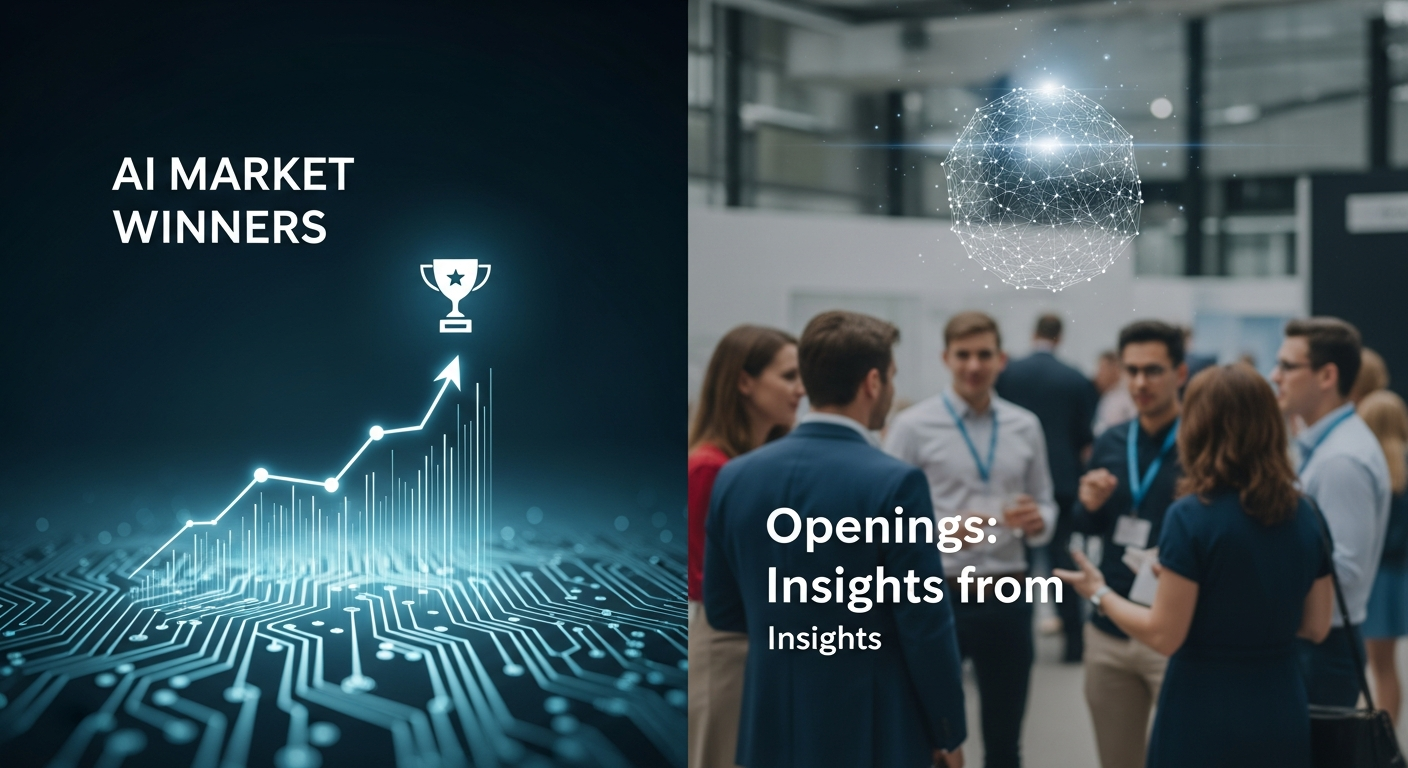The news hit my feed yesterday, November 13th, and honestly, it stopped me in my tracks. Teenagers, AI, pesticides… it’s a lot to take in all at once. Bindwell, the company in question, has raised a cool $6 million to, as they put it, “reinvent pesticides.” They’re applying AI drug discovery techniques to come up with new pesticide molecules. The whole thing feels… well, kind of futuristic.
It’s always interesting to see where the money goes. This round, as per reports, includes investments from none other than Paul Graham, the co-founder of Y Combinator. That alone speaks volumes, doesn’t it? Seems like a pretty significant vote of confidence in these young founders and their vision.
Bindwell’s approach is, in a way, a blend of two worlds. They’re taking the sophisticated techniques used in pharmaceutical research — specifically, AI-driven drug discovery — and applying them to the agricultural sector. The goal is to create pesticides that are more effective and, hopefully, more environmentally friendly. The details are complex, involving algorithms and molecular modeling, but the core idea is pretty straightforward: find better solutions.
I’ve always been fascinated by how technology intersects with the more traditional industries. Agriculture, for instance. It’s been around for millennia, and now, here comes AI, promising to shake things up again. It’s a bit of a leap, but it also feels…inevitable.
One of the things that stands out is the age of the founders. Teenagers. It’s a testament to the fact that you don’t need decades of experience to make a real impact. You just need a good idea and the drive to make it happen. And, of course, some serious backing.
“We’re excited to leverage AI to create a new generation of pesticides,” a statement from Bindwell read. “Our goal is to protect crops while minimizing environmental impact.”
The pressure is on, obviously. But it’s also exciting to see what they come up with. The world will be watching.







